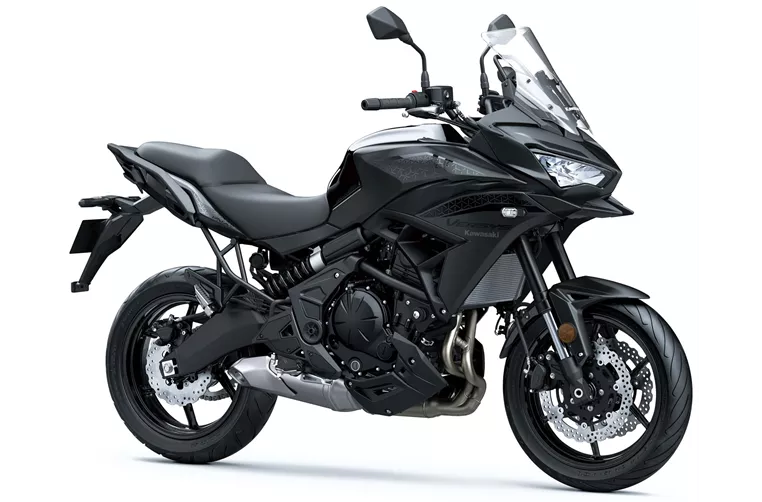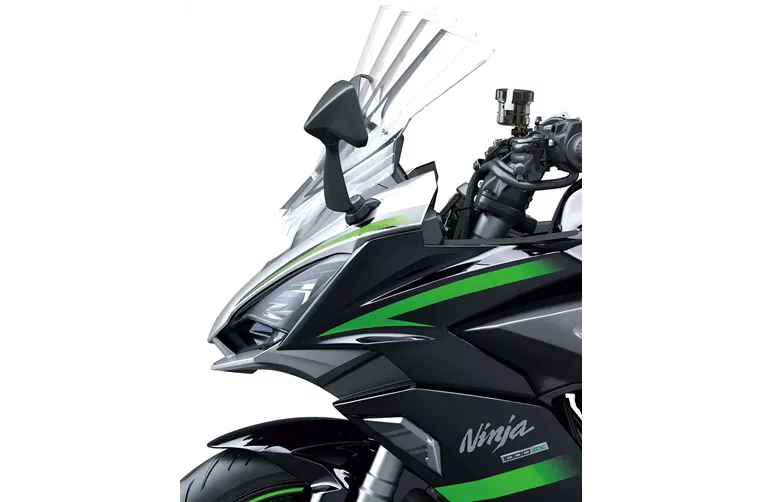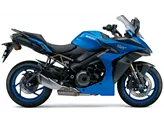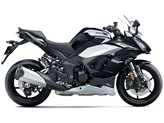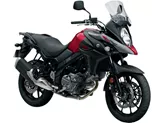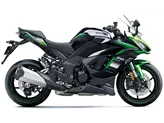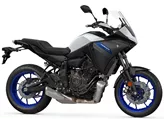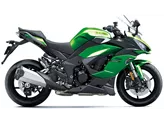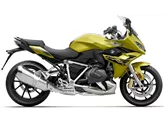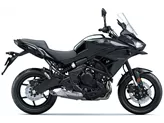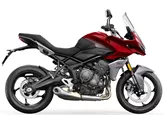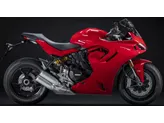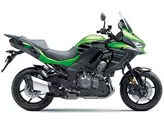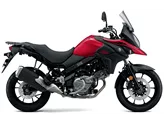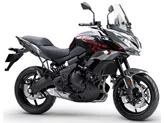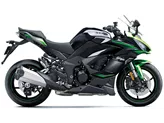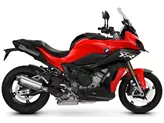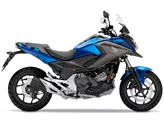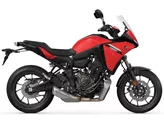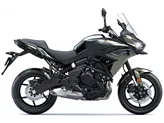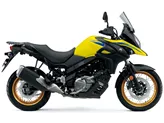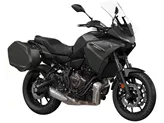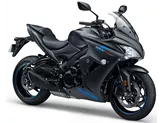Kawasaki Versys 650 2022 vs. Kawasaki Ninja 1000SX 2020
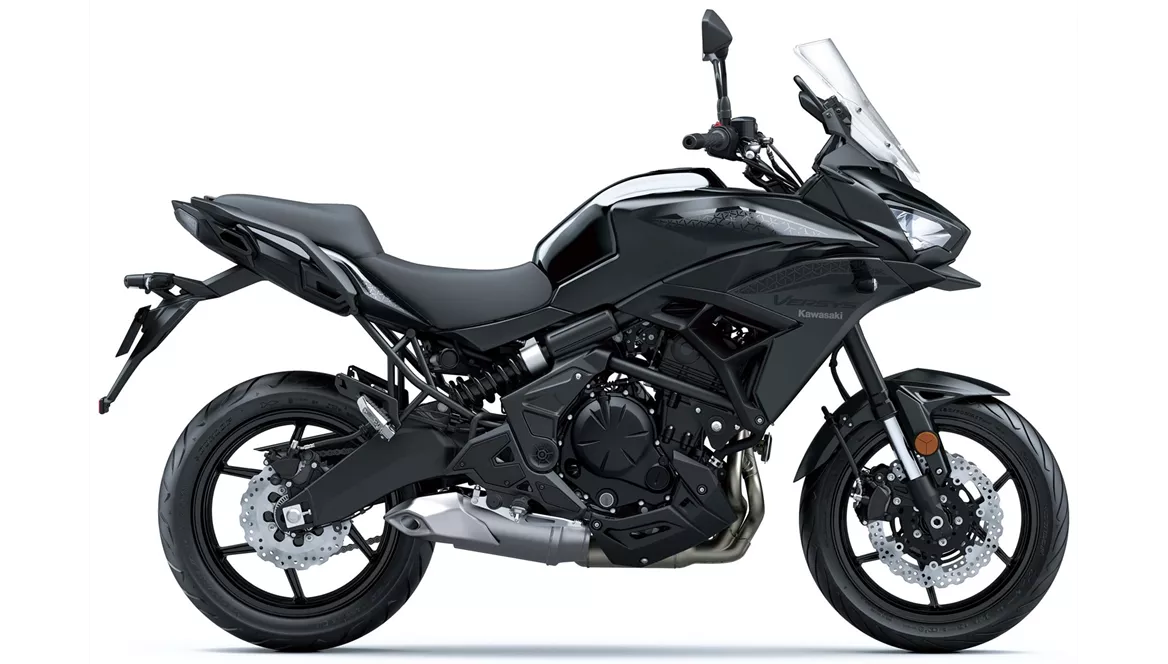
Kawasaki Versys 650 2022
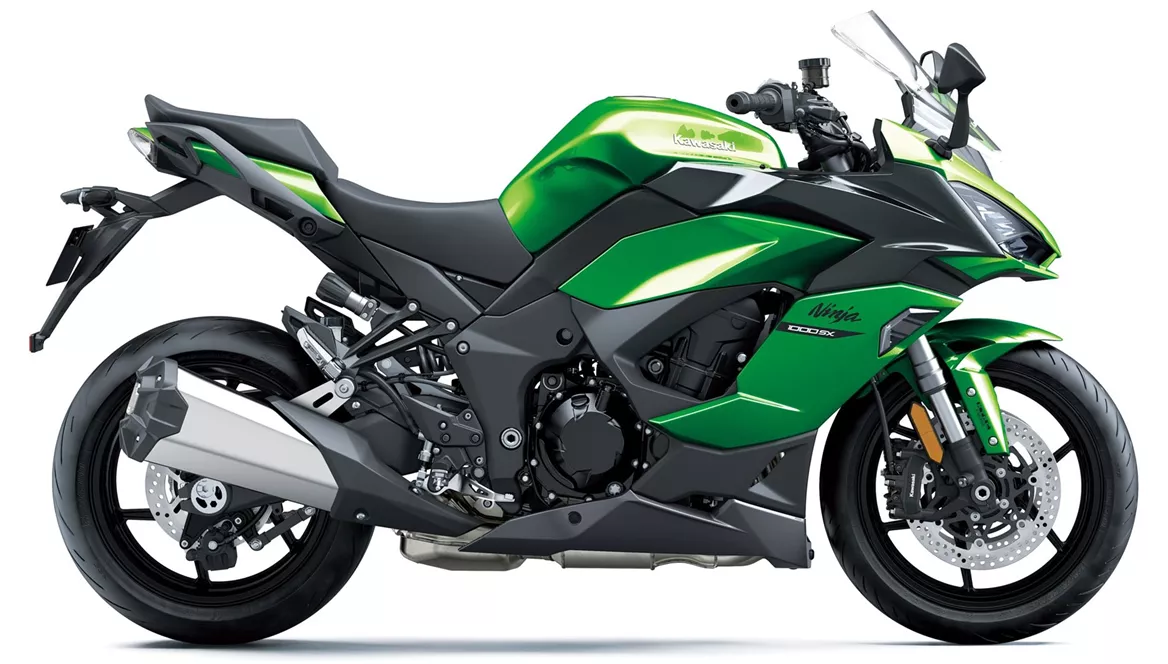
Kawasaki Ninja 1000SX 2020
Vue d’ensemble - Kawasaki Versys 650 2022 vs Kawasaki Ninja 1000SX 2020
The Kawasaki Versys 650 2022 and the Kawasaki Ninja 1000SX 2020 are both impressive motorcycles, each with their own unique strengths and weaknesses.
Starting with the Kawasaki Versys 650 2022, it boasts an inline engine with a displacement of 649cc. With 67 horsepower and 61 Nm of torque, it offers a decent amount of power for its size. The engine is paired with a 4-stroke, 2-cylinder configuration, providing a smooth and reliable performance. The Versys 650 also features an electric starter and a chain transmission.
In terms of suspension, the Versys 650 is equipped with an upside-down telescopic fork in the front, with a diameter of 41mm and a travel of 150mm. The rear suspension consists of a monoshock with a travel of 145mm. Both the front and rear suspension offer adjustment options for preload and rebound, allowing riders to fine-tune their riding experience.
The chassis of the Versys 650 is made of steel, providing a sturdy and durable frame. It has a rake of 65 degrees and a trail of 108mm, contributing to its agile handling and stability. The braking system consists of double disk brakes in the front, with a diameter of 300mm, and a petal technology for improved performance. The Versys 650 also comes with advanced rider assistance systems such as ABS and traction control.
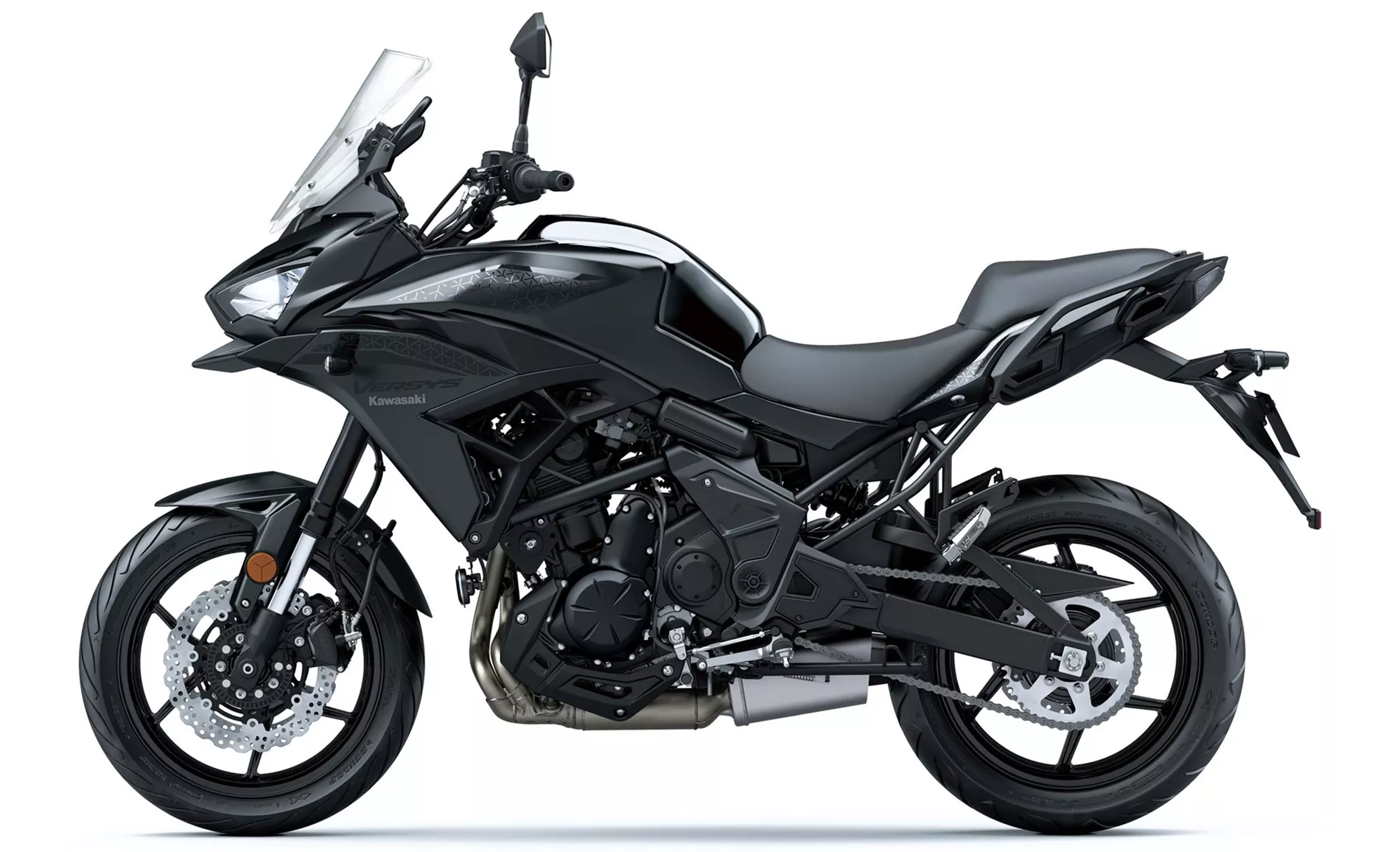
Kawasaki Versys 650 2022
In terms of dimensions and weights, the Versys 650 has a front tire width of 120mm and a rear tire width of 160mm, both with a diameter of 17 inches. It has a wheelbase of 1415mm and a seat height of 845mm. The kerb weight, including ABS, is 219kg, and it has a fuel tank capacity of 21 liters.
Moving on to the Kawasaki Ninja 1000SX 2020, it features an inline engine with a larger displacement of 1043cc. With 142 horsepower and 111 Nm of torque, it offers a more powerful performance compared to the Versys 650. The engine is also a 4-stroke configuration, but with 4 cylinders, providing even more power and smoothness. It also has an electric starter and a chain transmission.
The suspension of the Ninja 1000SX consists of an upside-down telescopic fork in the front, with a diameter of 41mm and a travel of 120mm. The rear suspension is a monoshock with a travel of 144mm. Both the front and rear suspension offer adjustment options for compression, preload, and rebound, allowing riders to customize their riding experience.
The chassis of the Ninja 1000SX is made of aluminum, providing a lightweight yet strong frame. It has a slightly steeper rake of 65.5 degrees and a trail of 102mm, contributing to its balanced and responsive handling. The braking system includes double disk brakes in the front, with a diameter of 300mm, and features radial, monoblock, and petal technology for enhanced braking performance. The Ninja 1000SX also comes with advanced rider assistance systems such as ABS, riding modes, cornering ABS, ride by wire, quickshifter, and traction control.
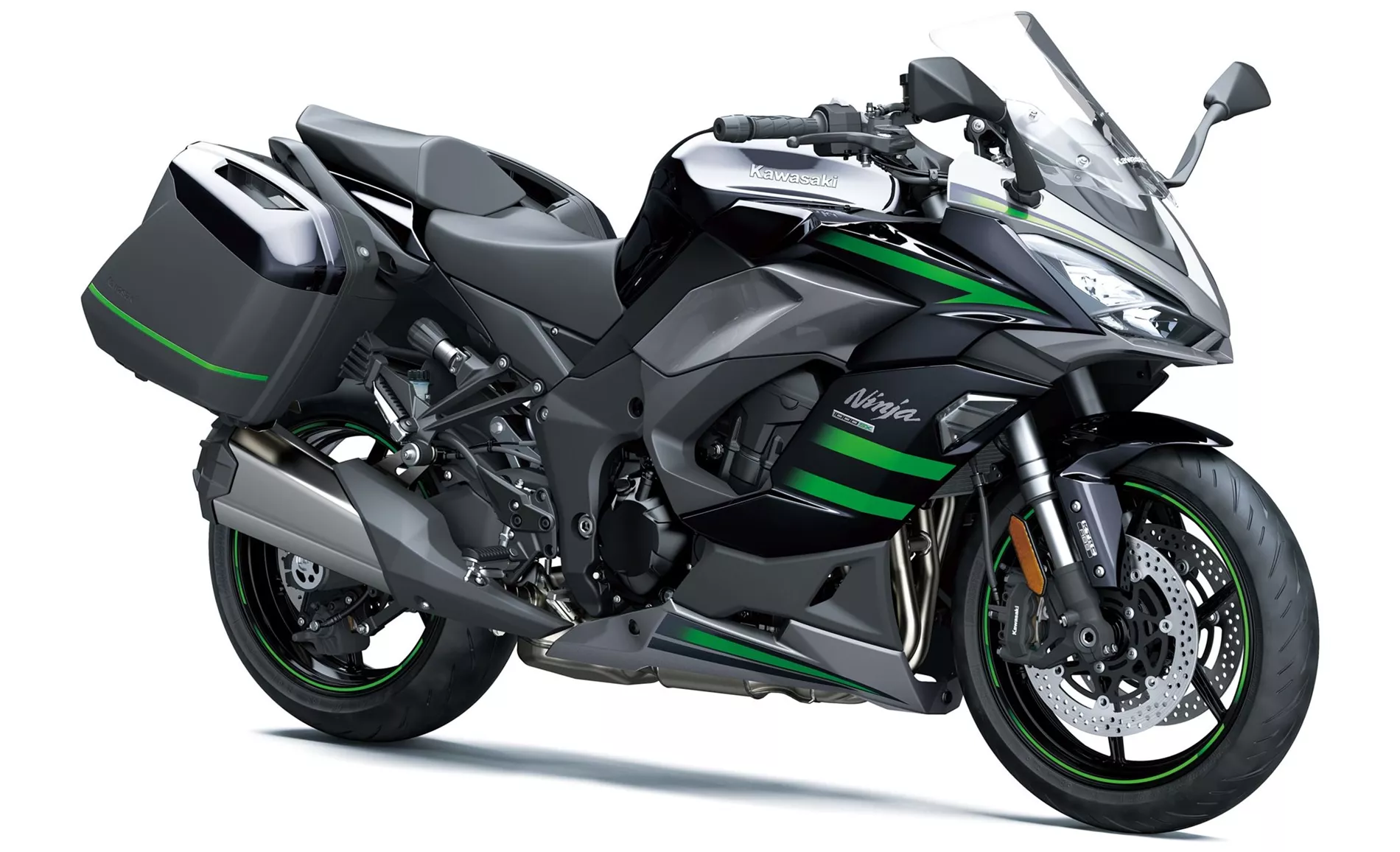
Kawasaki Ninja 1000SX 2020
In terms of dimensions and weights, the Ninja 1000SX has a front tire width of 120mm and a rear tire width of 190mm, both with a diameter of 17 inches. It has a slightly longer wheelbase of 1440mm compared to the Versys 650. The seat height is slightly lower at 834.98mm. The kerb weight, including ABS, is 235kg, and it has a fuel tank capacity of 19 liters.
In summary, the Kawasaki Versys 650 2022 and the Kawasaki Ninja 1000SX 2020 are both impressive motorcycles with their own unique features. The Versys 650 excels in its agile handling, adjustable chassis, and comfortable seating position, making it suitable for long journeys. It also has a low consumption rate and a high fuel range. However, its engine may struggle with the weight of the bike, and it lacks cruise control.
On the other hand, the Ninja 1000SX offers a refined and powerful engine, balanced handling, and a comfortable chassis. It also has a modern and stylish design, with LED lights all around and a color TFT display. It comes with cruise control as a standard feature, adding convenience for long rides. However, similar to the Versys 650, adjusting the windshield requires both hands.
Ultimately, the choice between the two motorcycles depends on the rider's preferences and intended use. The Versys 650 is more suitable for adventure and touring purposes, while the Ninja 1000SX is geared towards sport touring enthusiasts who prioritize power and performance.
Caractéristiques techniques Kawasaki Versys 650 2022 par rapport à Kawasaki Ninja 1000SX 2020
Avantages et inconvénients en comparaison
Avantages et inconvénients en comparaison
Kawasaki Versys 650 2022
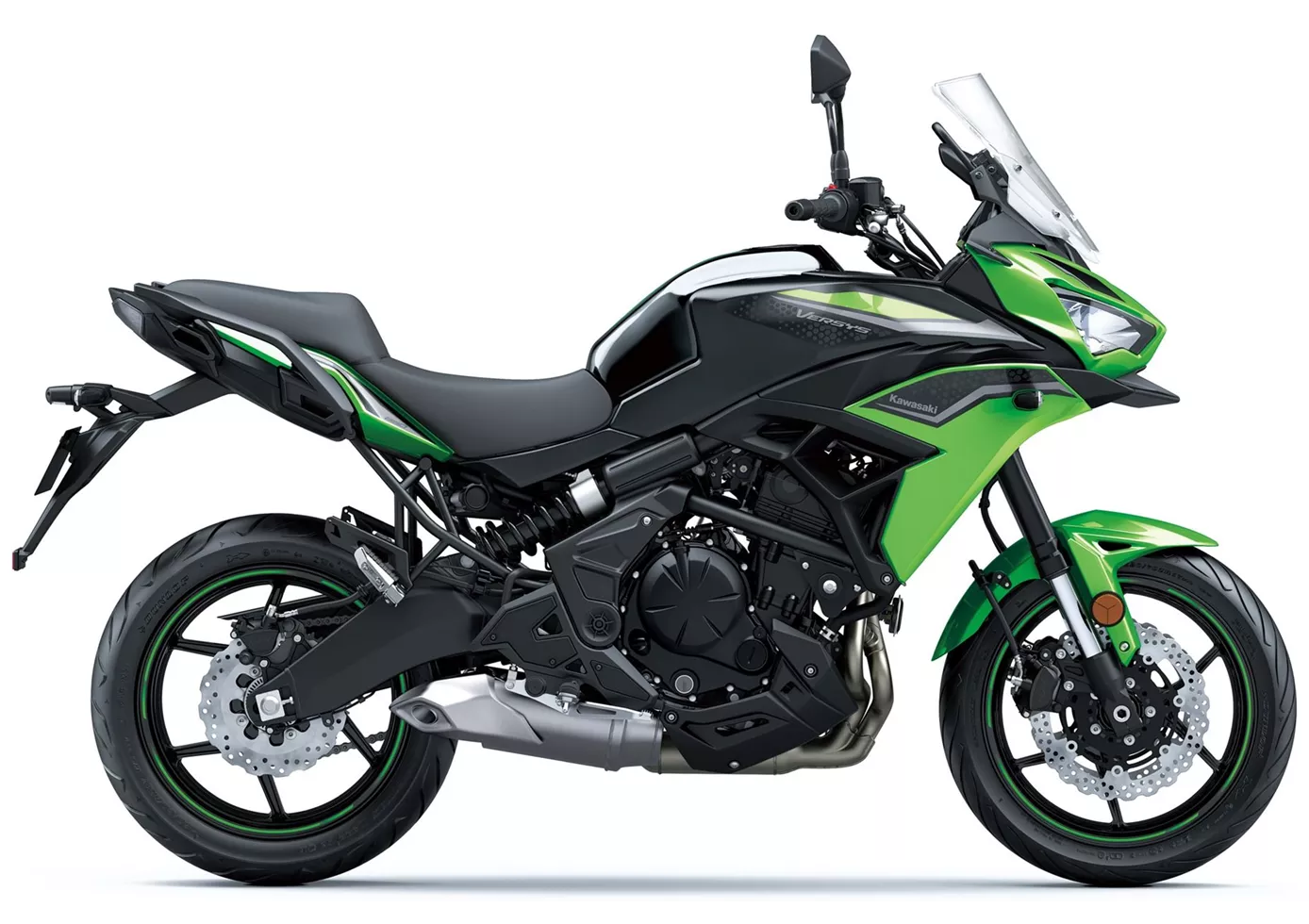
Une randonnée détendue avec beaucoup de confort et un potentiel suffisant pour s'amuser dans les virages - la Versys 650 est et reste un bon choix parmi les motos de tourisme sportif de classe moyenne. Certes, on arrivera plus vite au sommet des cols sur la concurrence, mais on remonte à chaque fois avec plaisir sur la Kawa, qui accueille le pilote avec un grand confort et de nombreuses caractéristiques / options. Si vous aimez voyager et que vous pouvez vous contenter d'un peu moins de puissance, la Versys 650 est faite pour vous !
Kawasaki Ninja 1000SX 2020
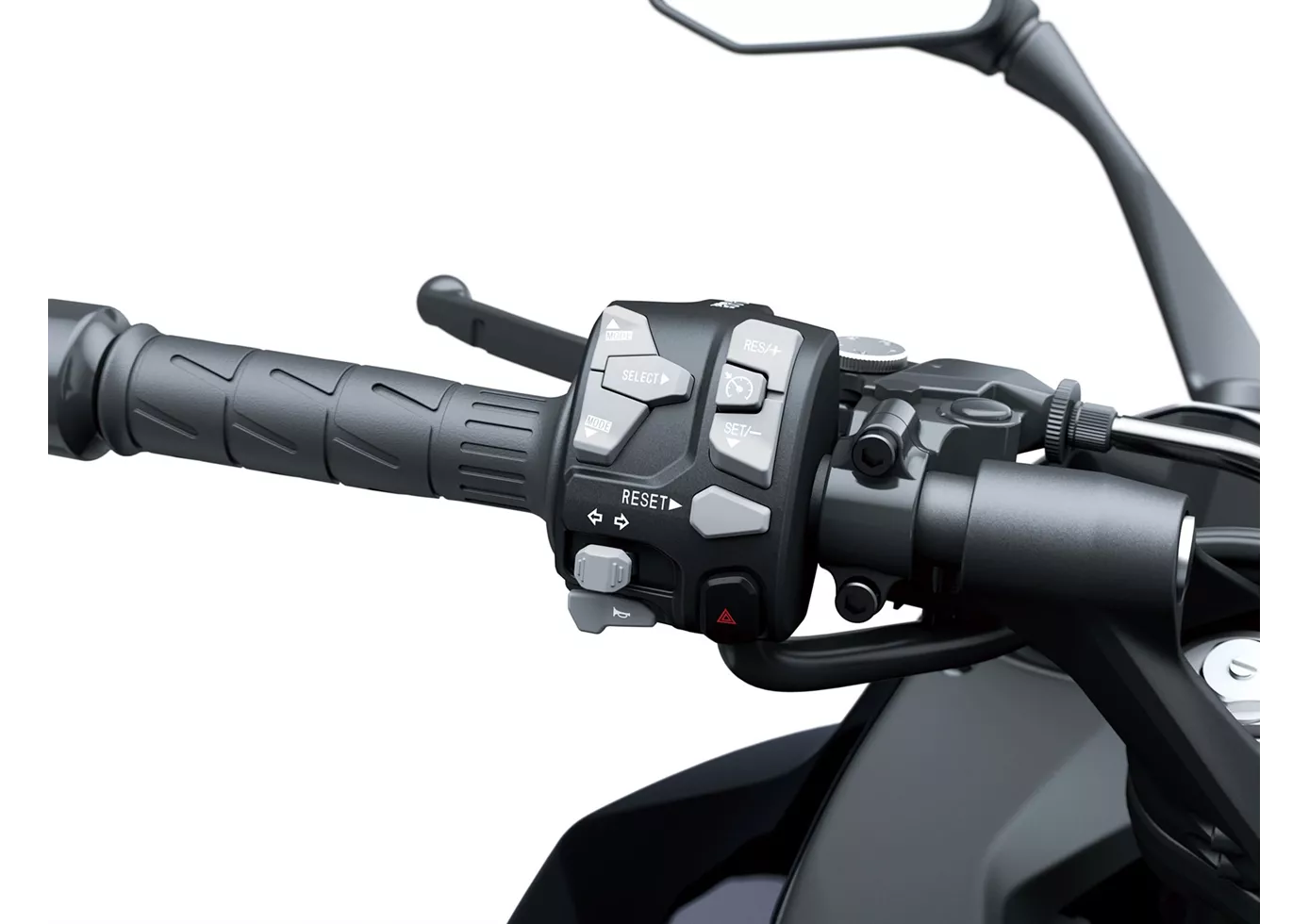
La Kawasaki Ninja 1000SX est plus une évolution qu'une révolution - mais que faut-il réinventer, même pour une moto de tourisme sportive équilibrée ? Mais le nouveau nom est tout à fait justifié, avec les nombreuses nouvelles caractéristiques rendues possibles entre autres par le système Ride-by-Wire, la moto de tourisme sportif est absolument à la hauteur. L'ABS en virage, le contrôle de traction moderne et les modes de conduite garantissent la sécurité et les possibilités de réglage en fonction des préférences personnelles, l'assistant de changement de vitesse favorise aussi bien le sport que le tourisme. De plus, le prix est canon (du moins en Autriche) !
Comparaison des prix Prix moyen du marché Kawasaki Versys 650 vs Kawasaki Ninja 1000SX
There are a few key differences between a Kawasaki Versys 650 2022 and a Kawasaki Ninja 1000SX 2020. In terms of price, the actual average price of a Kawasaki Ninja 1000SX 2020 is about 40% higher. Compared to Kawasaki Ninja 1000SX 2020 there are more Kawasaki Versys 650 2022 bikes available on the 1000PS.de Marketplace, specifically 22 compared to 10. It takes less time to sell a Kawasaki Ninja 1000SX with 83 days compared to 178 days for the Kawasaki Versys 650. Since model year 2007 1000PS.de editors have written 39 reviews for the Kawasaki Versys 650 and 13 reviews for the Kawasaki Ninja 1000SX since model year 2020. The first review for the Kawasaki Versys 650 was published on 7/25/2006 and now has more than 3,900 views. This compares to more than 40,500 views for the first review on Kawasaki Ninja 1000SX published on 11/5/2019.
